Indigenous Americas (1000BCE - 1980CE)
Jacques Paye

-
900–200 B.C.E.
-
Northern highlands, Peru.
-
Chavín.
-
Stone (architectural complex); granite (Lanzón and sculpture); hammered gold alloy (jewelry).
Chavín de Huántar





Cultural Context: Chavin
Content: Old and New Temples
Formal Aspects: Maze-like interior, made of roughly-shaped stones
Function: Worship of Lanzon
Chavin de Huantar
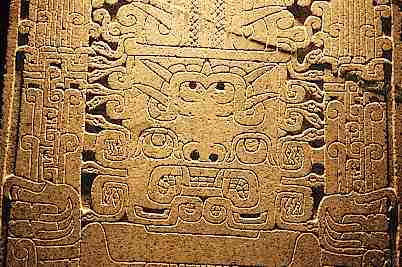
Chavin de Huantar
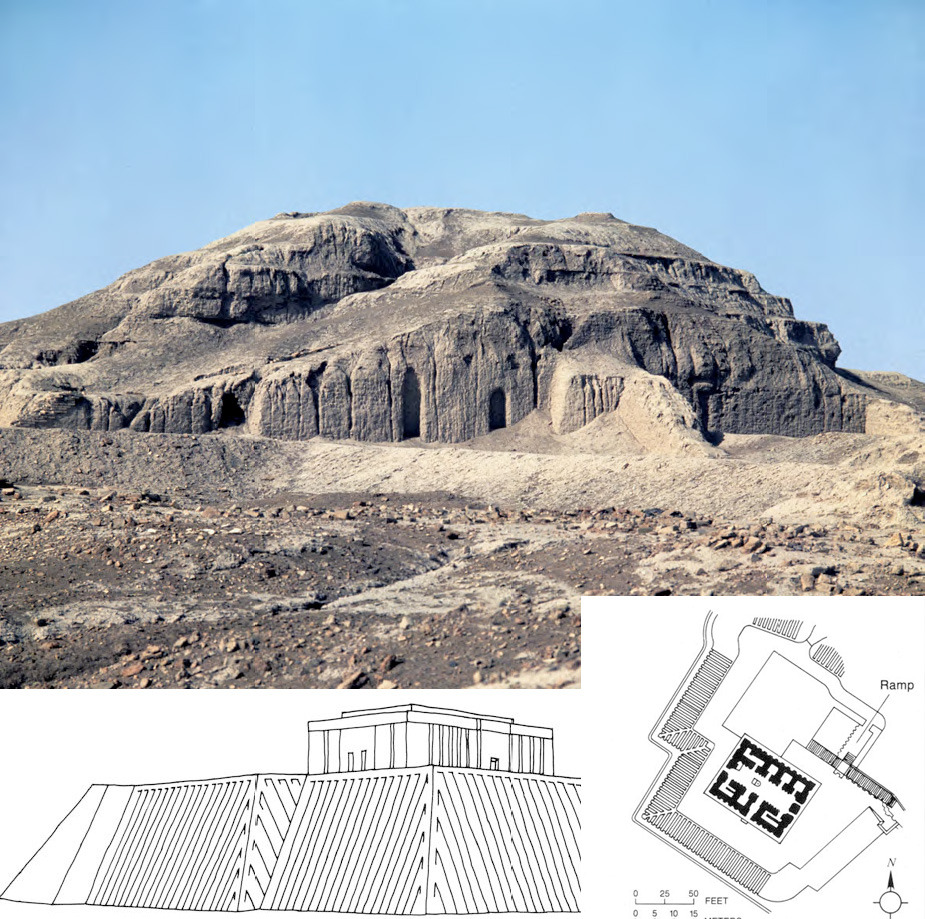

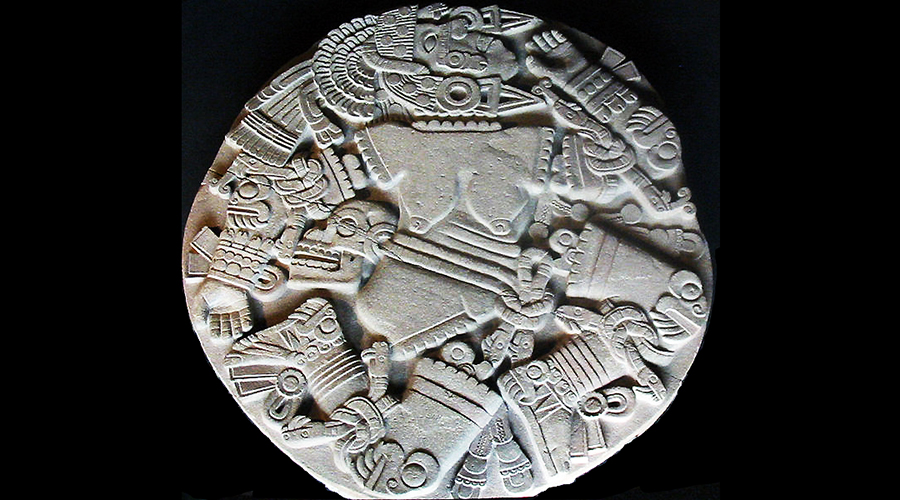
-
Date: 1375–1520 C.E
-
Tenochtitlan (modern Mexico City, Mexico)
-
Mexica (Aztec)
-
Stone, volcanic stone, jadeite, basalt
Templo Mayor (Main Temple)




Cultural Context: Center of Mexica capital
Content: twin temples at peak to Huitzilopochtli and Tlaloc
Formal Aspects: 90 ft. high, covered in stucco. Grand staircases
Function: Site of large rituals and human sacrifices to deities.
Templo Mayor (Main Temple)
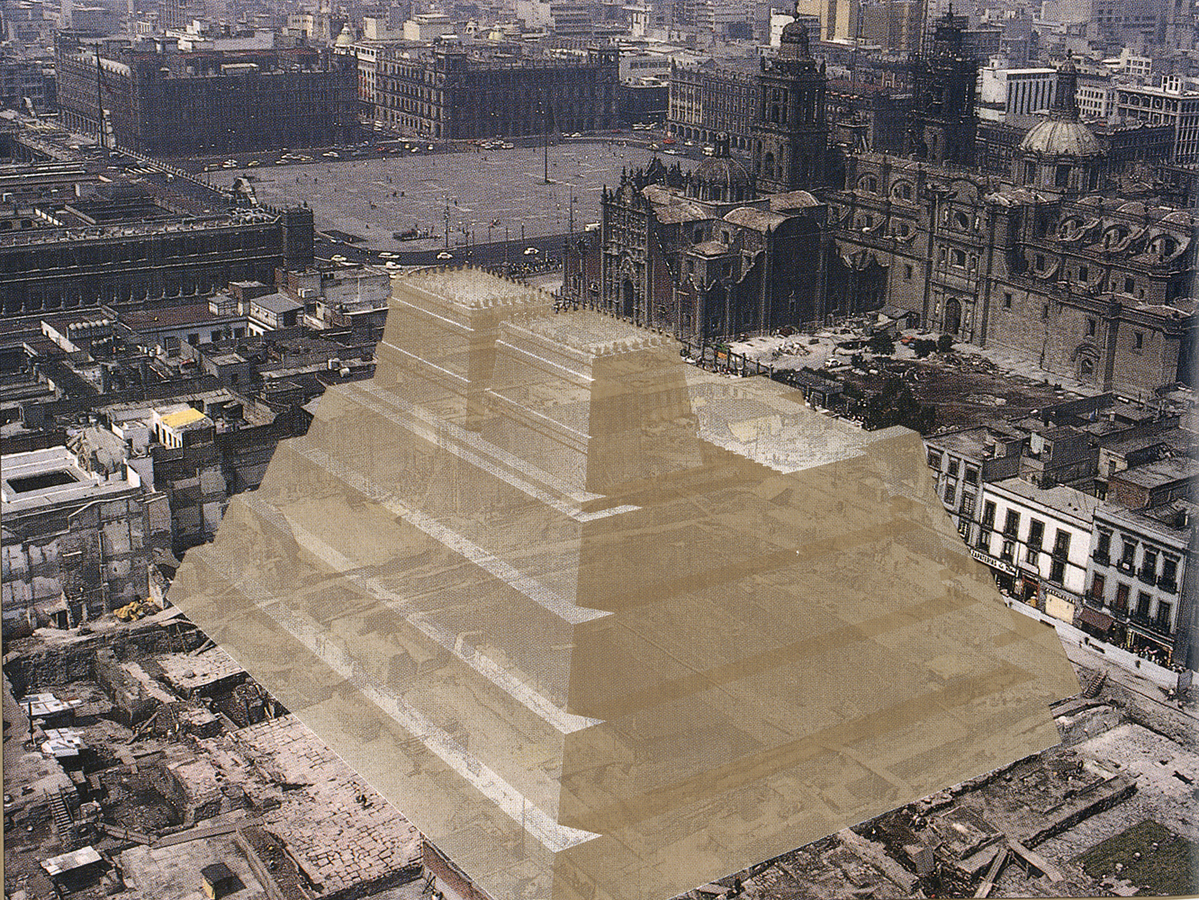
Templo Mayor (Main Temple)


-
c. 1400–1533 C.E
-
Modern-day Peru
-
Inka
-
Sheet metal/repousée, gold and silver alloys.
Silver and gold maize cobs


Cultural Context: Inka, modern-day Peru
Content: Ripe ear of corn
Formal Aspects: Repousée, gold and silver sheets used.
Function: Found in a miniature garden, compact version of cosmos
Silver and Gold Maize Cobs

Silver and Gold Maize Cobs


Ruler's feather headdress:
Date: 16th century
Geography: modern-day Mexico
Culture: Aztec peoples
Medium: Quetzal feathers, wood, fibers, gold, brass
Dimensions: 116 cm high, 175 cm diameter


Ruler's feather headdress:

Cultural Context: Aztec, modern-day mexico
Content: Quetzal feathers arranged in semi-circle
Formal Aspects: Shimmering, iridescent feathers.
Function: Demonstrate LD trade and add to visual power of ruler
Feathered Headdress:


Tutenkhamun's mask (L), Bundu Mask (R)
-
c. 1440 CE
-
Central highlands, Peru
-
Inka
-
Sandstone
City of Cusco
.jpg)
Cultural Context: Capital of Inka Empire
Content: Qorikancha (most sacred shrine), Saqsa Wayman (fortress walls)
Formal Aspects: Very intricate masonry, rectangular blocks for important buildings
Function: Ceremonial and political capital of Inka empire
City of Cusco


City of Cusco


City of Cusco:
Tholos tomb, Mycenae

Walls of Troy

-
c. 1450–1540 C.E.
- Central highlands, Peru.
-
Granite blocks
-
Inka peoples
Machu Picchu

Machu Picchu
Cultural Context: Royal estate for the first Inka emperor
Content: Houses, terraces
Formal Aspects: Excellent stonework, sophisticated water management
Function: Emperor lived part of year, includes Observatory

Machu Picchu


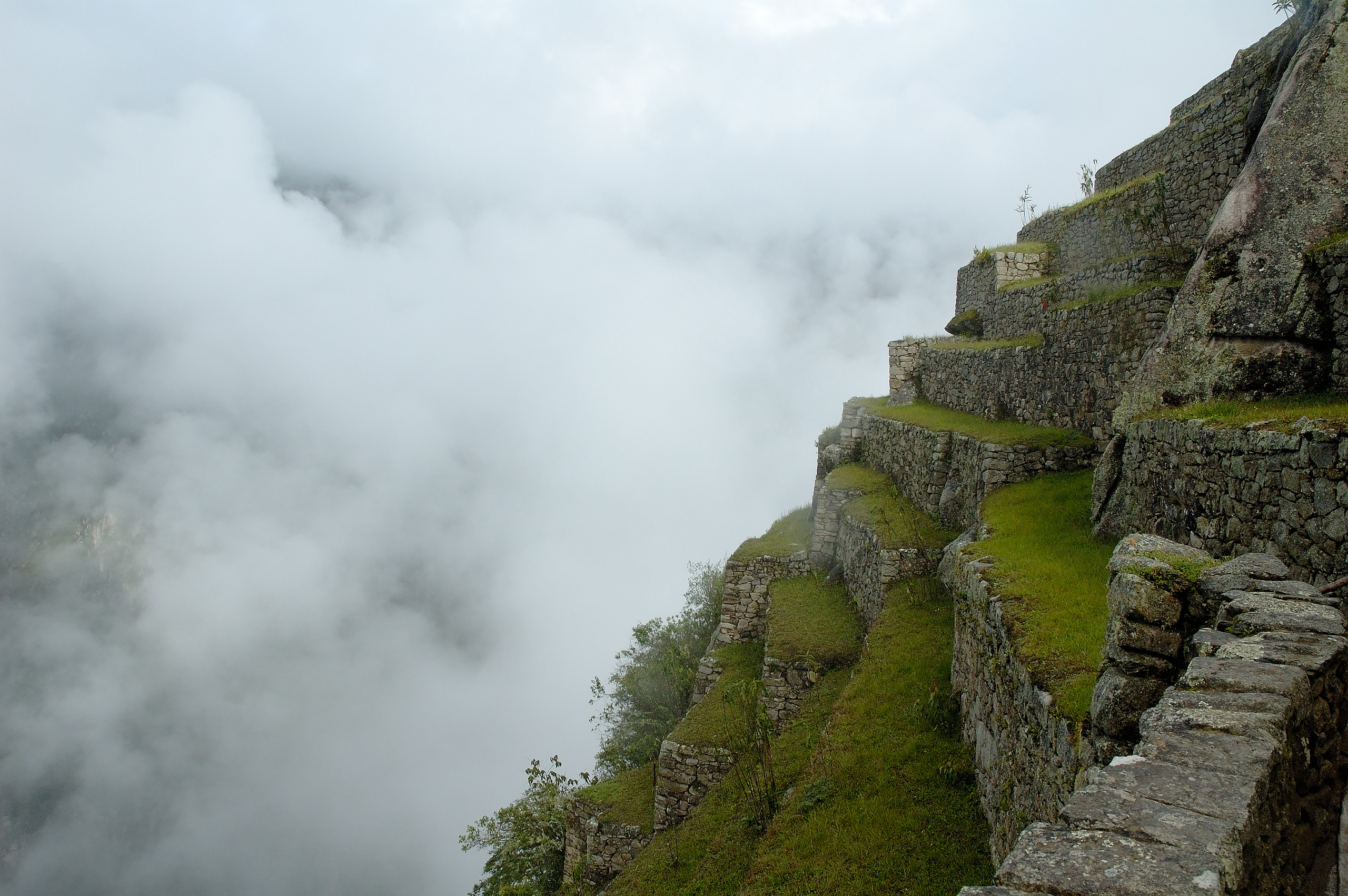
Machu Picchu

Stonehenge

Citadel of Sargon II (Dur Sharrukin)
-
1450–1540 C.E.
-
Inka
-
Modern Peru
-
Camelid fiber and cotton.
All-T’oqapu tunic

All-T’oqapu tunic
Cultural Context: Inka
Content: Intricately woven tunic
Formal Aspects: Camelid and cotton fibers, dyed and woven on backstrap loom
Function: Would have been worn by someone of high rank, woven by the acllas ("chosen women")



Maya's Quilt of Life by
Faith Ringgold

The Last Judgment of Hunefer
Sources:
-
http://whc.unesco.org/en/list/330
-
http://www.templomayor.inah.gob.mx/
-
http://artdaily.com/news/58955/Legendary-Aztec-Emperor-Moctezuma-II-s-feather-head-dress-restored-in-Vienna--#.Vq6uU1mdXwo
-
http://denverartmuseum.org/article/staff-blogs/science-museum-analyzing-fifteenth-century-inca-corn-stalk-part-1
-
https://www.khanacademy.org/test-prep/ap-art-history/indigenous-americas/
Indigenous Americas
By jacquespaye
Indigenous Americas
- 1,128


